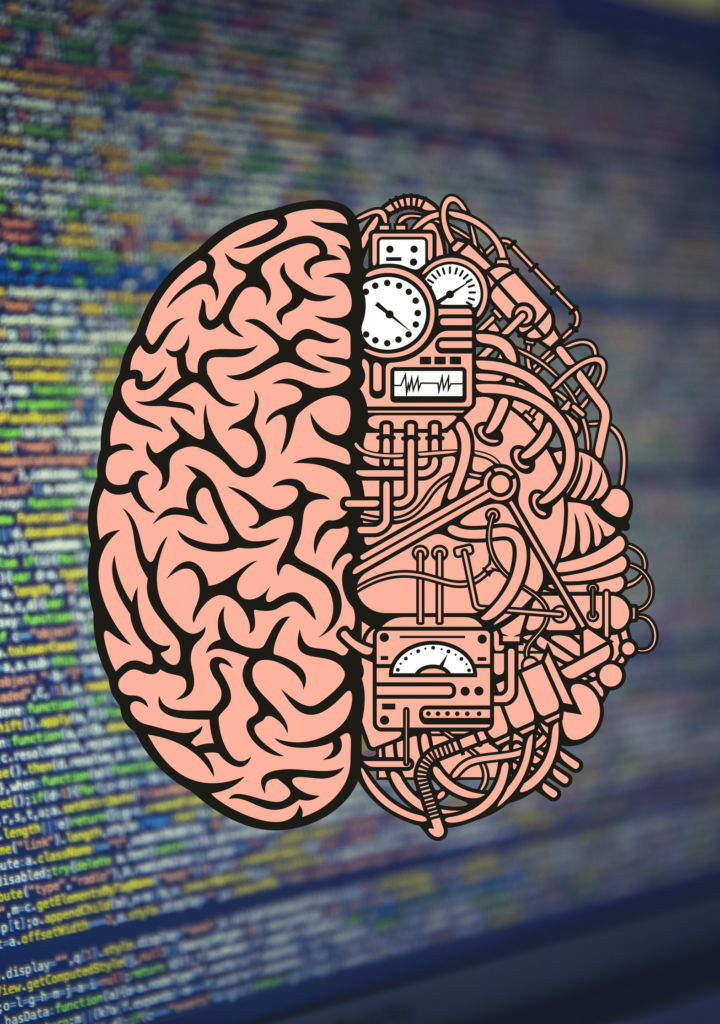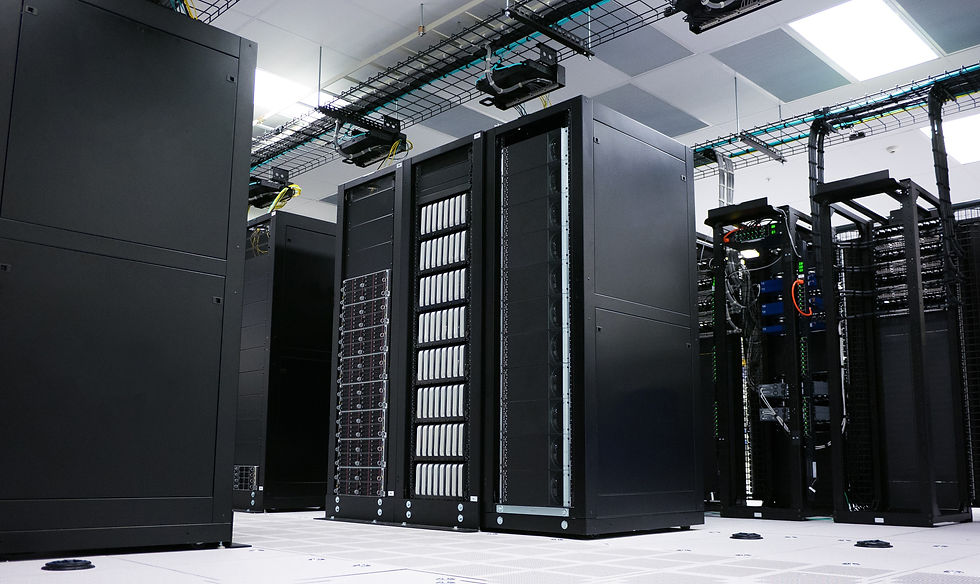How SMEs can also benefit from Datascience, Machine Learning and Artificial Intelligence
- Mezzlink

- Dec 18, 2019
- 5 min read

An aggregator of home stays off the coast of North Carolina, USA, uses criteria like market conditions, seasonal trends, the size and location of a home being rented, etc. to offer pricing recommendations to home owners looking to rent their properties. The resultant increase in bookings is convincing more home owners to list their properties with this aggregator rather than some competitor.
For a small enterprise, Twiddy & Company - the aggregator mentioned above, risked big ($40,000) with its investment in big data tools.
Happily, the bet paid off not just through increased revenues; but the capabilities their investment helped them acquire also helped them identify cost saving measures like eliminating invoice processing errors and automating service schedules which resulted in an additional $50,000 in savings within the first two years of adoption.
Elsewhere, a local zoo has successfully used a combination of its historical attendance data mapped against local climate data to predict attendance on a given day, and hence optimise the number of staff hired for the day. The same zoo was also able to boost its membership significantly by targeting discount campaigns more effectively based on postal codes of its most frequent guests. The zoo’s business manager estimates that they were able to generate $60,000 in membership sales through an investment of $4,000 on an analytics solution.
In India, the Analytics India Industry Study 2017 talks about fashion designer Ritu Kumar’s firm using analytics solutions to accurately forecast demand for new SKUs, identify opportunity areas in their existing assortment range and optimise their in-season allocation and delivery plans.
The same report also mentions that large corporations like SAP are seeing rapid adoption of analytics driven solutions amongst Indian SMEs. For SAP, SME units make up 80% of the client base in India as it rolled out their GST software that was built in India.
The point behind these anecdotes and data points is to drive home the fact that in today’s world, SMEs are increasingly making data work for them. Hence, owners and decision makers at these enterprises can no longer treat terms like big data, data science, Machine Learning and Artificial Intelligence (AI) as non-relevant big corporation jargon. Instead, they need to understand what the data game is all about, embrace it and figure out how to use it to their advantage.
A quick introduction to the world of big data and its use
Big data refers to data that is high in volume, variety and velocity. The best example is social media data. If each tweet is data, then a database of all tweets would be of massive volume, would have a variety of associated meta data and the database would expand at a rapid rate all the time. Imagine the data being generated by all the people using applications like Google search or maps or enterprises sending out email campaigns to large databases every day or smart watches worn by people all over the world. All these could be classified as big data.
Now that we have big data, we need to put it to good use. What we are looking for is to make the data produce useful outcomes and the process of converting big data to useful outcomes is where concepts like data science, machine learning and AI come in.
The best explanation for the difference between these three terms and what each achieves, has been provided by well-known data scientist David Robinson, a PhD from Princeton University. In very simple words, David explains the difference as follows:
Data science produces insights.
Machine learning produces predictions.
Artificial intelligence produces actions.
You can read David’s blog on the subject for a better understanding, but as a decision maker at an SME, you may already be beginning to see what the process may be.
Let’s say you have data with no idea about what do with it. You would first derive insights from the data using the expertise of data scientists, then use machine learning to use past data to predict future outcomes and then perhaps use AI to create an application that uses the predictions you have generated to drive a business outcome.
Imagine a neighbourhood business that presses clothes of nearby residents. Primary analysis of their data may reveal that people prefer to give their formal shirts only when they are also get the delivery of their clothes on the same day. Machine learning models would use the business’ data to predict which customers are more likely to have formal shirts in their bundle of clothes, the volume of clothes that could be expected on a given day and whether a customer could be promised same day delivery or not. AI would then help the business develop a chat bot that automatically contacts frequent users and alerts them about days on which they could give their clothes to get them delivered back on the same day.
But what if my business has no data
To begin with, many businesses have more data than they think they do. They may not be doing a good job of using it or even collecting it, but businesses usually gather a treasure chest of information over time. For example, the vendor who presses clothes in your neighbourhood, may only be using a notebook to record each time they collect clothes from someone. But just by doing that, within a couple of years they may end up with a notebook that has valuable data on the number of times each household uses their service, the number of clothes they give, the timings they prefer, their credit history, even the ratio of men to women clothing they tend to give for a fine press.
SMEs today are interacting with customers in person and online, transacting through market places, conducting campaigns using email and social media, are raising invoices, delivering products and services etc. and each of those instances (and many more) ends up generating data that may prove valuable in achieving a business goal.
Now, take the data that your enterprise generates and match it with big data that is available from other sources - the government, social media platforms like Facebook and Twitter, corporations like Google and Amazon and more. The potential for insights, predictions and actions for your business are immense.
In short, every business generates its own data. Increasingly, other relevant data (big data) is available for free or at a lower cost than ever before and by and large, an enterprise needs to understand what it needs to begin the process of obtaining the data that could transform its business.
So, how do I get started?
Once you have understood that you can harness the power of data to help achieve your business goals, the obvious first step becomes to articulate the business goal.
The next step is to find the right people who can help you achieve your goals using the power of data and sometimes this step may get a bit tricky.
While analytics services tools and firms are mushrooming at a rapid rate all over the world, mass market solutions may not always be the best for your business. What you need is confidence that the team you are working with, brings on the one hand skills in data science, machine learning and analytics and on the other, an ability to understand your business as well as how your organisation operates.
In many ways, you choose your data partner in the same manner as you choose your marketing, legal or accounting partners - trust and impact are the key. But, it is worth investing time to find that right partner as the upside for your business could be immense and the ROI of a data project well done, could be staggering.




Comments